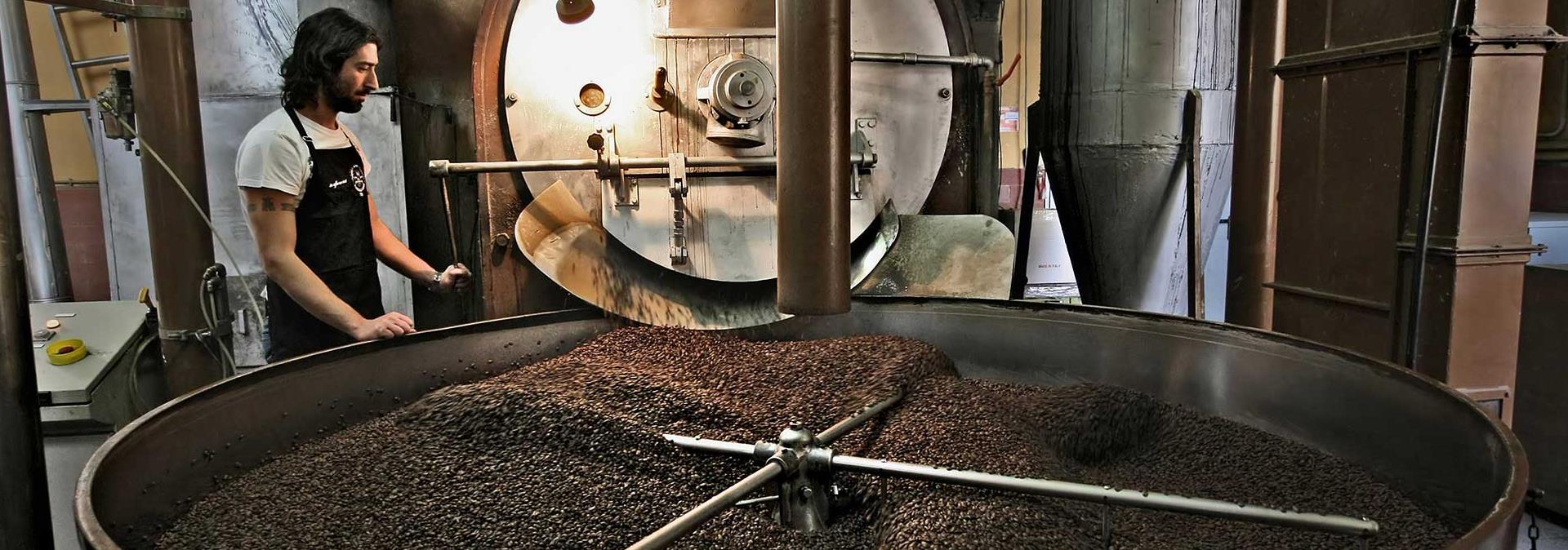How and Why Coffee Must Be Roasted
Coffee roasting is predominantly an industrial process. Historically, home roasting was common, with people using special coffee roasters on stoves, over fires, or on hot coals. The strong aroma would spread through apartment buildings, becoming a characteristic scent of those times. Today, even in industrial settings, there are variations: while large companies fully automate the process, others, like Marziali caffè, maintain a hands-on approach, with dedicated personnel overseeing the crucial roasting phase.
What does coffee roasting involve?
During the roasting process, beans are mixed and heated to temperatures above 200°C. Ventilation systems remove the dust produced, ensuring the beans remain clean. There are two main types of roasting:
- Fluid Bed Roasting: A blast of air at high temperatures, between 300°C and 400°C, suspends the raw coffee beans in the roasting chamber for a few minutes.
- Drum Roasting For approximately 15-20 minutes (depending on the type of coffee and desired flavor), the beans are mixed by special wings inside a metal drum, where hot air from gas or wood burners circulates. This method ensures more uniform roasting and enhances the coffee’s aromatic yield.

Transformation of Coffee Beans During Roasting
During roasting, the coffee bean increases in volume by 30% and undergoes several transformations, which give them the characteristic color, aroma, and bitter taste typical of roasted coffee:
- caramelization of sugars
- carbonization of cellulose
- formation of Volatile Compounds
- Loss of Caffeine due to the high temperatures
For culinary use - whether brewed in a moka pot, served at a café, or packaged in capsules or pods - coffee must undergo roasting to enhance its aroma and flavor, and to make it suitable for grinding.